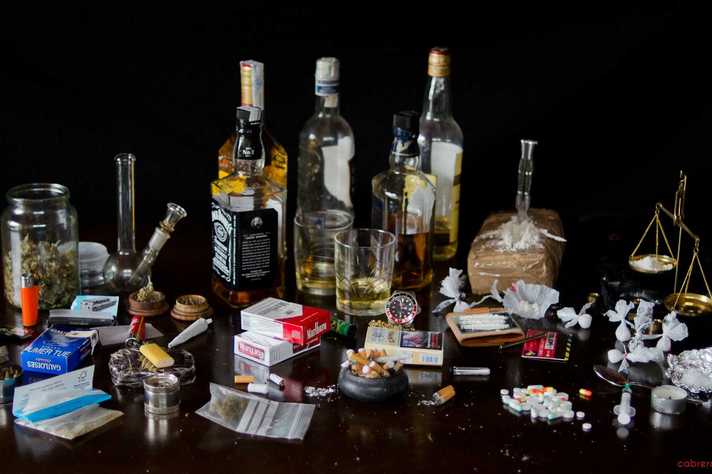ADVERTS
What substances are defined as Drugs?
“Drug” is defined as any substance and/or ingredient used in laboratories, pharmacies, dry cleaners, among others. However, the term is usually used to refer to hallucinogenic products or any other toxic substance that leads to dependence, such as cigarettes and alcohol, considered legal drugs.
Legal drugs
Legal drugs are substances produced, sold and consumed legally. Any substance that contains alcohol, nicotine, caffeine, over-the-counter medications (painkillers, antipyretics), anorectics, anabolic steroids and others are legal drugs.
ADVERTS
In a survey carried out by the World Health Organization, it was noted the large quantity of drugs permitted by law. These, in turn, are the most consumed and result in the most daily fatalities, due to inappropriate use.
Illicit drugs
Illicit drugs, unlike legal drugs, are substances produced, sold and consumed illegally. We can mention: marijuana, heroin, crack, ecstasy, LSD, perfume launches, among others.
According to the most recent research, the main reasons that lead an individual to use drugs, especially illicit drugs, and become users, are: the influence of friends, the desire to escape (in general, family problems) and dependence. Next, research points out: curiosity, will, courage (to take an action/decision), difficulty in facing or enduring difficult situations, habit, rituals, feelings of pleasure, search for tranquility (becoming calm), serving as a stimulant, ease of access and obtaining, etc.
Psychoactive Drugs
ADVERTS
Natural or synthetic substances are called “psychoactive drugs” or “psychotropic substances”, which, when entering the bloodstream through ingestion, injection, inhalation or absorption through the skin, reach the brain, alter its balance and lead the user to changes in aggressive behavior and reactions.

